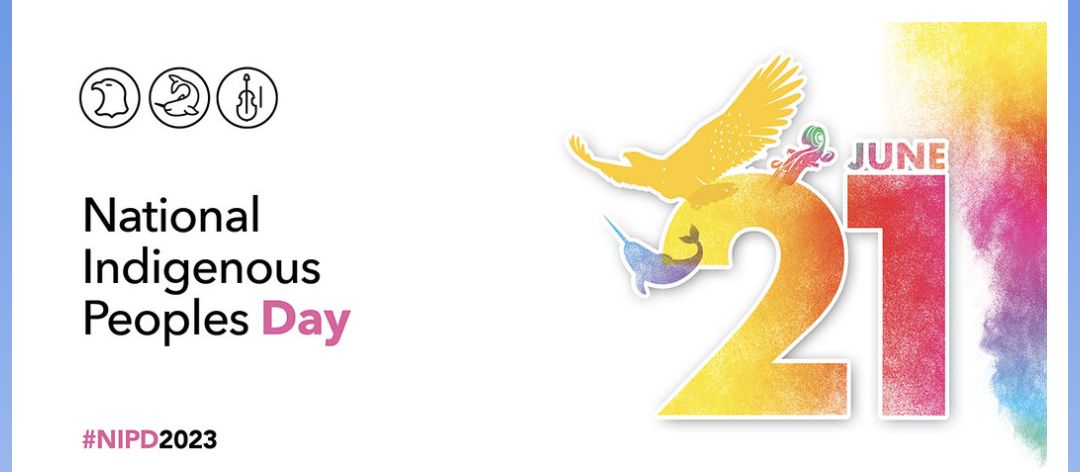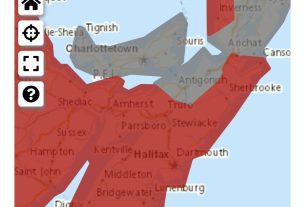**** Info via Environment Canada
Summer solstice and Indigenous knowledge
June 21 marks National Indigenous Peoples Day in Canada, coinciding with the summer solstice, the year’s longest day. It is a time for gathering and celebration among Indigenous communities.
While the Gregorian calendar divides the year into four seasons, First Nations people follow a lunar calendar that recognizes different seasons. For instance, the Asiniskaw Īthiniwak (Rocky Cree) observes six seasons per year, each new season starting after two new moon cycles. This unique way of reckoning time acknowledges the varying interactions with nature throughout the year.
Wheel of Six Seasons. Reproduced with permission from the Six Seasons of the Asiniskaw Īthiniwak project website (sixseasonsproject.ca). The Six Seasons project is funded in part by the Social Sciences and Humanities Research Council and The University of Winnipeg.
Nīpin, or summer, is the season of “gifts from the water”. This is because water provides life to the rivers and the lands through rains, enabling the people to fish, gather berries and medicinal plants, and craft pottery. Nīpin also marks the new year for the Asiniskaw Īthiniwak – this is when you count how many winters old you are!
Tākwākin, or fall, means “gathering” or “adding up”. It is a time when birds and people gather to prepare for the upcoming winter; birds prepare to migrate, and people prepare to settle in one place. During this season, people would hunt moose and bear, prepare pounded and smoked meat, and trap fish in preparation for the colder months ahead.
Mikiskaw, or freeze-up, is the season of “plenty of beads”. It is when frost and snow cover the landscape, glistening like beads, and hoar frost forms on vegetation. The caribou would be hunted, a valuable source of food and materials.
Pipon, or winter, is “snow blanket” season. This is when Mother Earth covers herself in a blanket of snow and goes to sleep, and many animals hibernate. During this season, the community shares stories and teachings in the quiet, cold season.
Sikwan, or break-up, is a season of “rattling”. The ice breaks up, producing a rattling sound as it fractures into columns. The snow settles, streams start to flow, and geese fly in, all contributing to the rattling sounds of the season. During this time, the people would hunt geese and ducks as they returned to the area.
Canada Geese in Winnipeg, Manitoba.
Mithoskāmin, or spring, is the “good-moving water” season. Previously frozen waterways become navigable, allowing for canoe travel. As the snow disappears, new growth is visible, and the community engages in activities such as building and repairing canoes, gathering eggs, making tools and baskets, and tapping birch trees for syrup.
From the season of “gifts from the water” to “good-moving water”, each one is significant and offers unique opportunities for hunting, gathering, crafting, and sharing stories and teachings. Understanding and honouring the Indigenous way of reckoning time is a meaningful way of valuing their knowledge and traditions and fostering reconciliation.




